“I will make sure the US is the crypto capital of the world,” Donald Trump vowed earlier this year. In July, he signed the Guiding and Establishing National Innovation for US Stablecoins (Genius) Act. The Act creates federal guardrails for dollar-pegged stablecoins and regulates who can issue and redeem them. Concerns from law enforcement are also addressed, by making sure anti-money laundering and consumer regulation applies.
But what are stablecoins? They are digital tokens built to stay at a stable price, usually one dollar. They sit on the blockchain – the computer protocol that makes crypto work – but what’s underpinning their value are real-world assets, usually cash or government bonds. So you get all the benefits of crypto’s instant, 24/7, deregulated and decentralized systems – but without the rollercoaster rises and losses, that made bitcoin famous. Stablecoins are supposed to be crypto without the chaos.
Getting ahead of crypto’s latest innovation would be distinctly American. Washington has repeatedly reinvented money to suit its power. But who, exactly, is “minting” these coins? Should it be private firms, or do central banks have a role? One crypto trader-turned-influencer suggests governments “should cut out the existing private issuers of these tokens” and instead mint their own currencies in crypto form. “They would be able to offer guarantees for the underlying asset that private companies cannot,” he explains. If states lend legitimacy to blockchain technology then crypto values could skyrocket, too.
Regardless of who issues them, the benefit of stablecoins, the trader explains, is that they allow “instant transfer and settlement between anyone, anywhere in the world.” So no delays, barriers or time lags when you want to move money. They also enable decentralized finance, or “DeFi,” whereby people can lend, borrow and swap assets without the need for a bank in the middle – all policed by ones and zeros. And it’s not just cash and bonds to which crypto coins might be pegged. Tokens can now “represent assets like gold, stocks and real estate,” the investor says. There’s even one that’s underpinned by bottles of fine wine, and a coin linked to whisky barrels. Argentina attempted to launch a crypto cow, with digital tokens guaranteed by grass-fed cattle.
There’s an arms race to be won here. Treasury Secretary Scott Bessent has said the Genius Act is “essential to securing American leadership in digital assets” and that stablecoins “will expand dollar access for billions across the globe.” This, he said, would be a “win-win-win for everyone involved: users, issuers and the US Treasury Department.”
If the dollar dominates stablecoins, America could dominate global finance for centuries
The Trump administration would be the biggest winner of all, though. Not only would mass uptake of dollar-backed crypto lead to a surge in demand for US treasury bonds – making America’s $37 trillion national debt cheaper to finance – but it would completely cement the dollar’s dominance in global transactions and could even replace sovereign countries’ own payment systems across the globe. The European Central Bank is fearful this could lead to a loss of control over Europe’s own monetary policy. If the dollar dominates stablecoins and they’re adopted en masse, America could dominate global finance for centuries.
Wall Street is listening intently and the stablecoin market is growing – fast. The amount of stablecoins available on Ethereum – one of the most popular blockchains – has doubled in a year to more than$160 billion. The total market is now worth more than $280 billion, made up mostly by dollar-pegged “Tether” (which is also the most profitable company in the world per employee). JP Morgan expects the total market cap of stablecoins to hit half a trillion in two years’ time. Congress followed Japan, which first introduced a Stablecoin Law back in 2022. A couple of other Asian and Arab countries got there before the US, too. And the EU looks set to beat Britain to taking action, with European policymakers looking at launching a digital Euro on the blockchain as soon as possible.
If countries lean into a private model – with anyone, in theory, able to mint their own digital currencies – the benefits for individual liberty are significant. One of the state’s most powerful tools for exerting control over its citizens would be removed.
But none of this comes without risk. The Nobel Prize winner Jean Tirole warned in the Financial Times that the unregulated nature of stablecoins could mean governments could be forced into decisions they don’t want to make, should the tokens fall apart during a financial crisis. If doubts arise about the true value of crypto or trust in the link to the underlying real-world asset, then the companies minting the coins could face runs on their deposits. The return on the underlying assets currently used by most mints – cash or government bonds – have historically been pretty poor. Firms issuing stable coins then become incentivized to use riskier underlying assets with higher returns.
It would be questionable if users and issuers of crypto came begging, caps in hand, to governments for bailouts considering the traditional libertarian, utopian view of crypto that it should be a tool for bypassing the state. But if deposits become large enough, you can count on it happening.
Still, Trump is pressing ahead. In August, he signed an executive order forcing regulators to allow crypto to be offered within 401(k) retirement plants. Meanwhile, the Trump family stablecoin, USD1, is facilitating billion-dollar deals and is predicted to become the largest stablecoin on the market. Trump wants to plant the world’s crypto capital firmly on an American map. With stablecoins, he just might.
This article was originally published in The Spectator’s October 13, 2025 World edition.



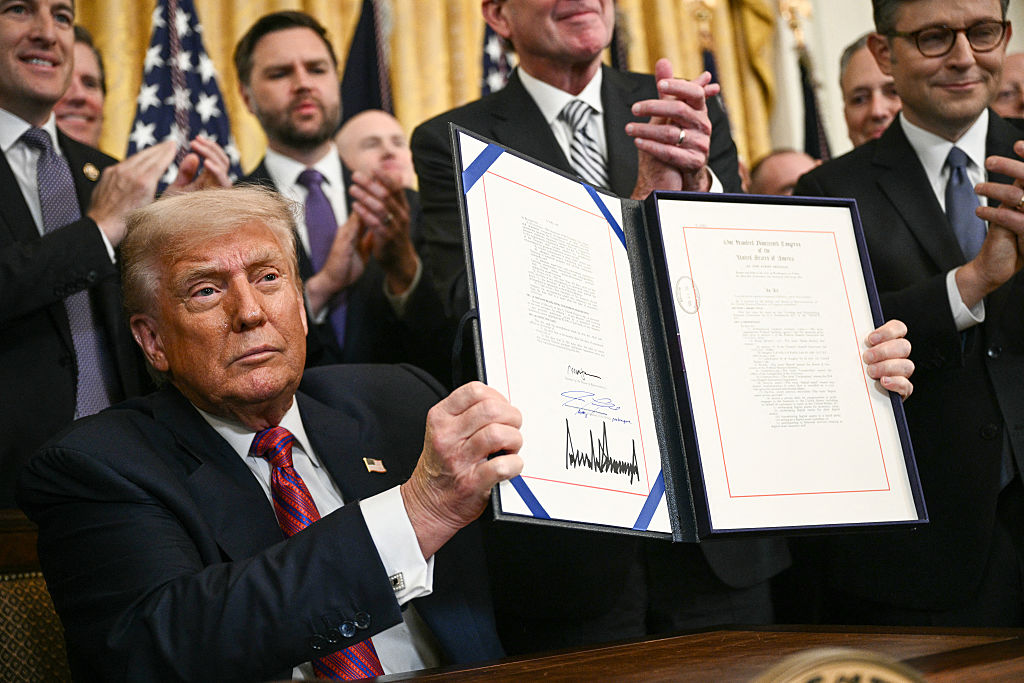








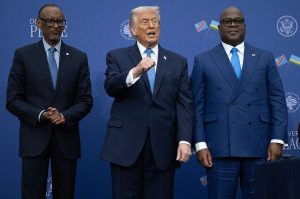
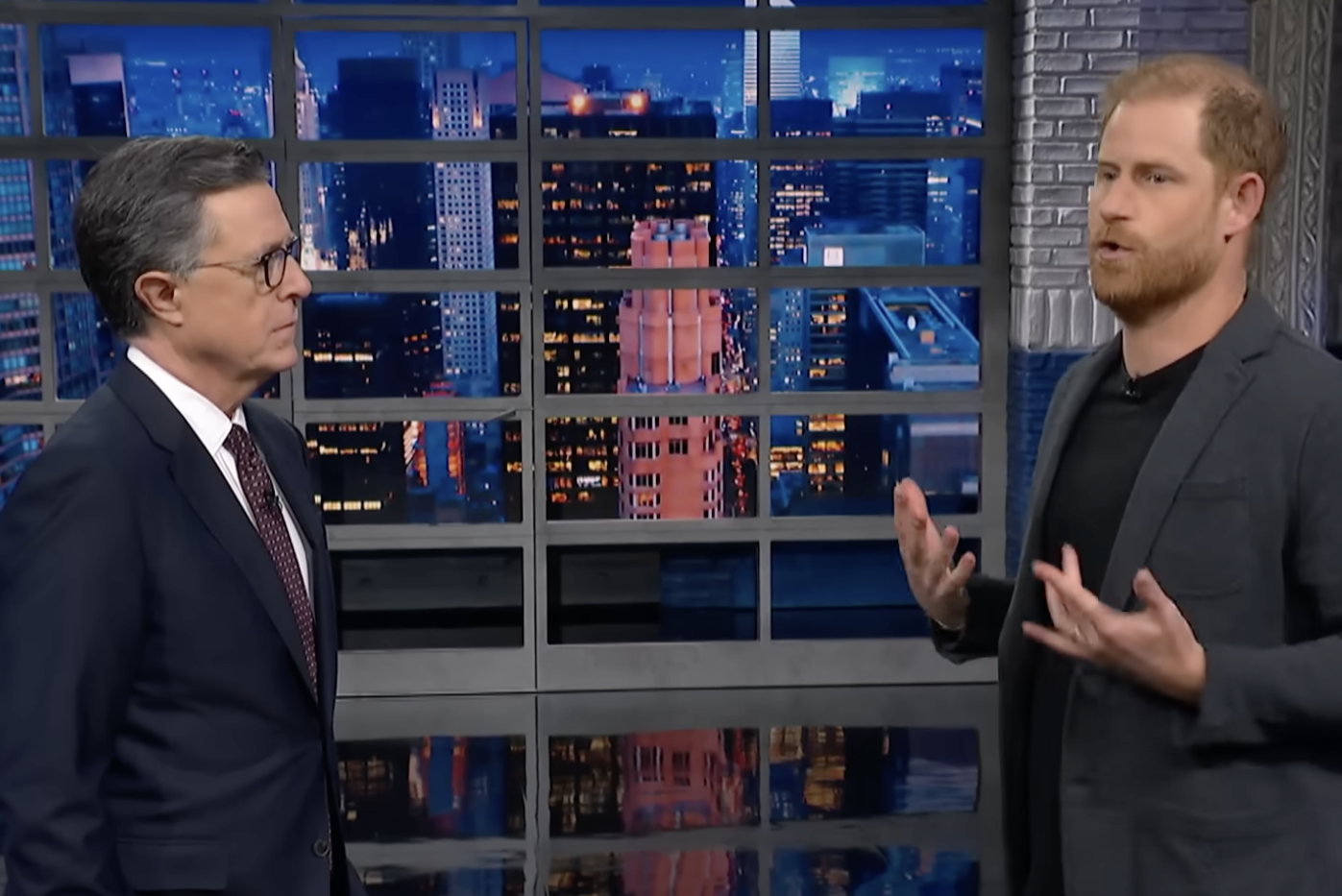
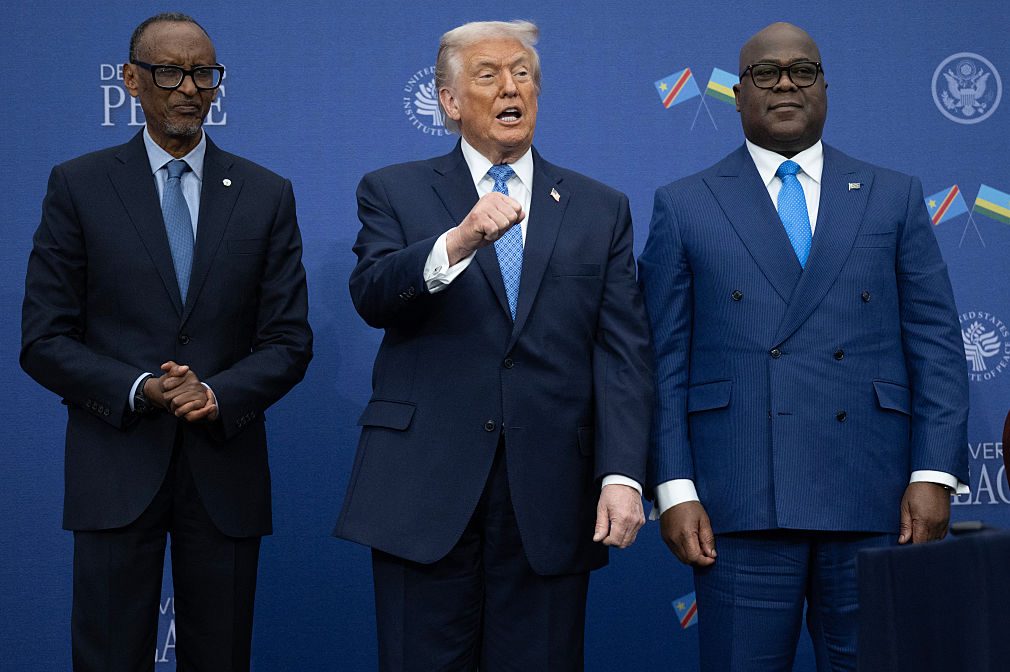
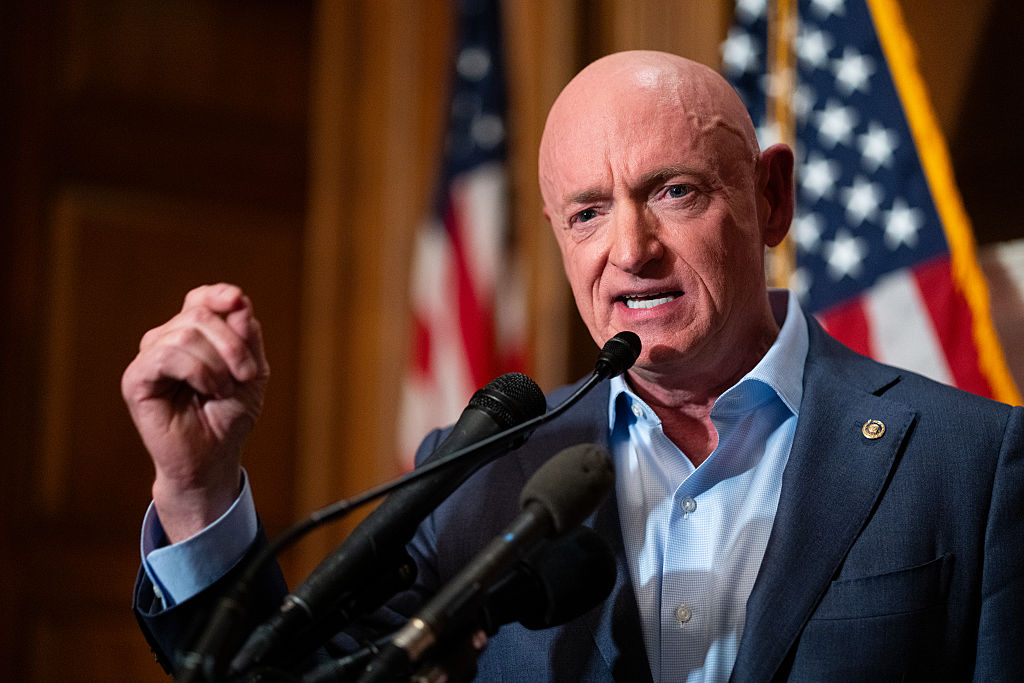
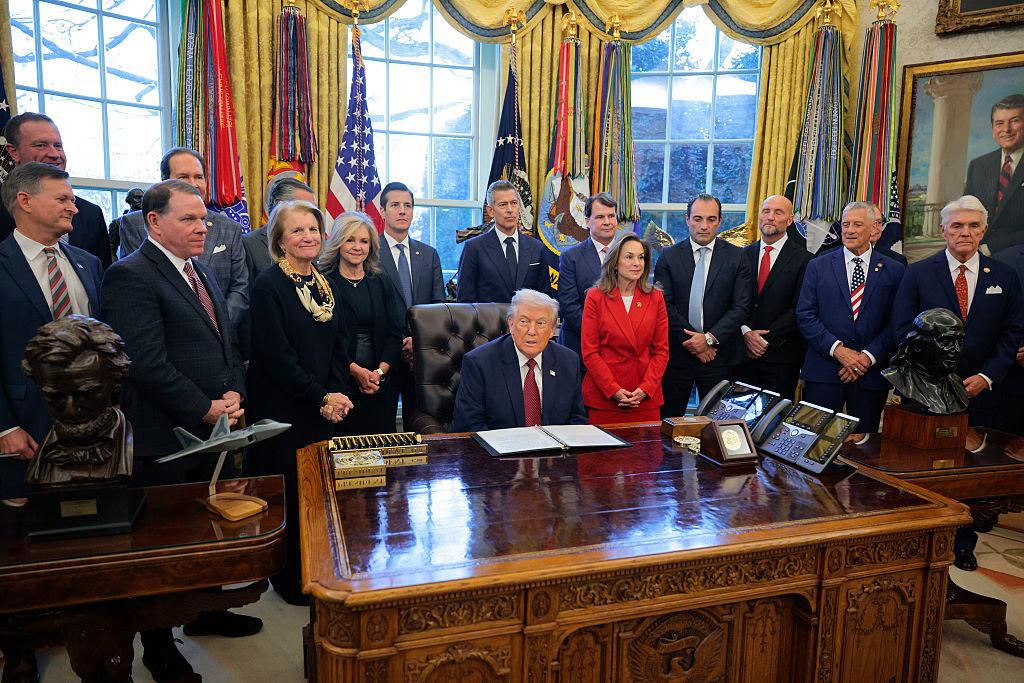
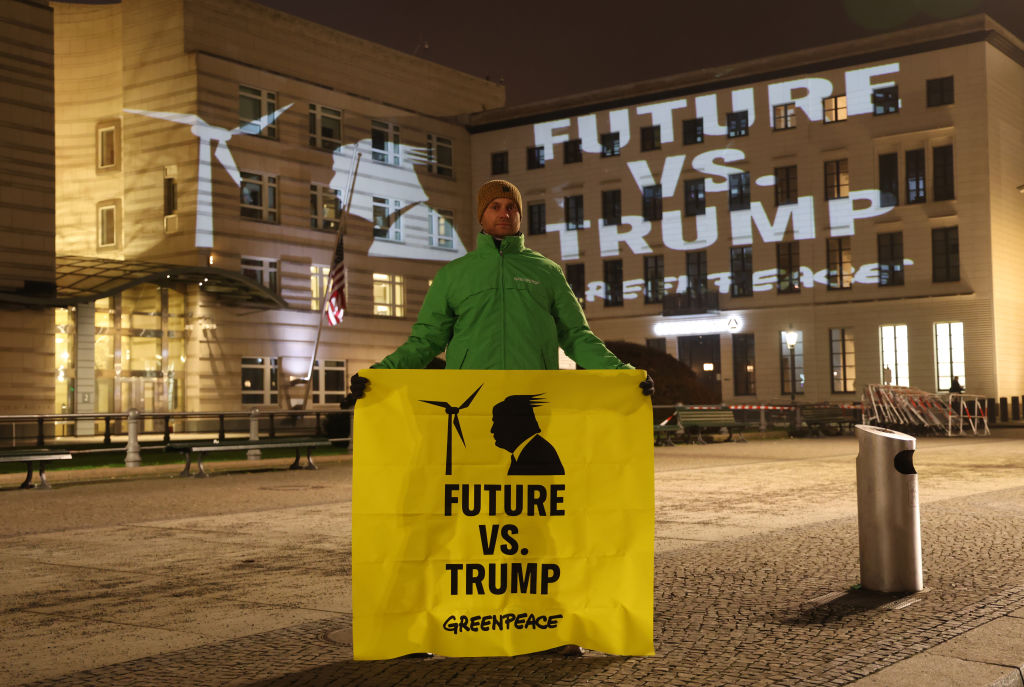
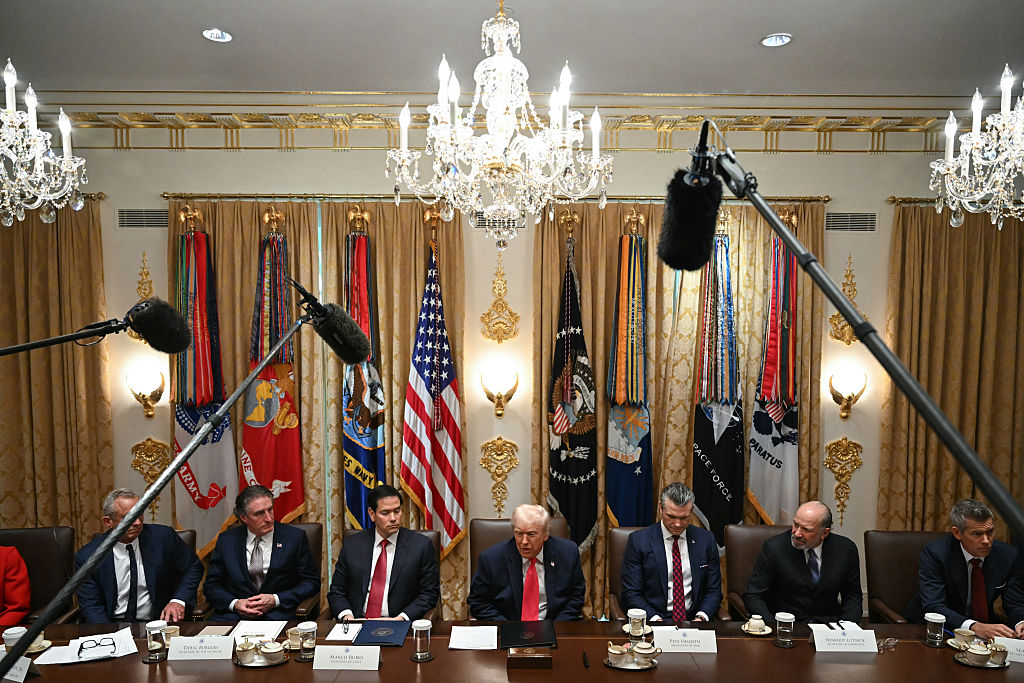

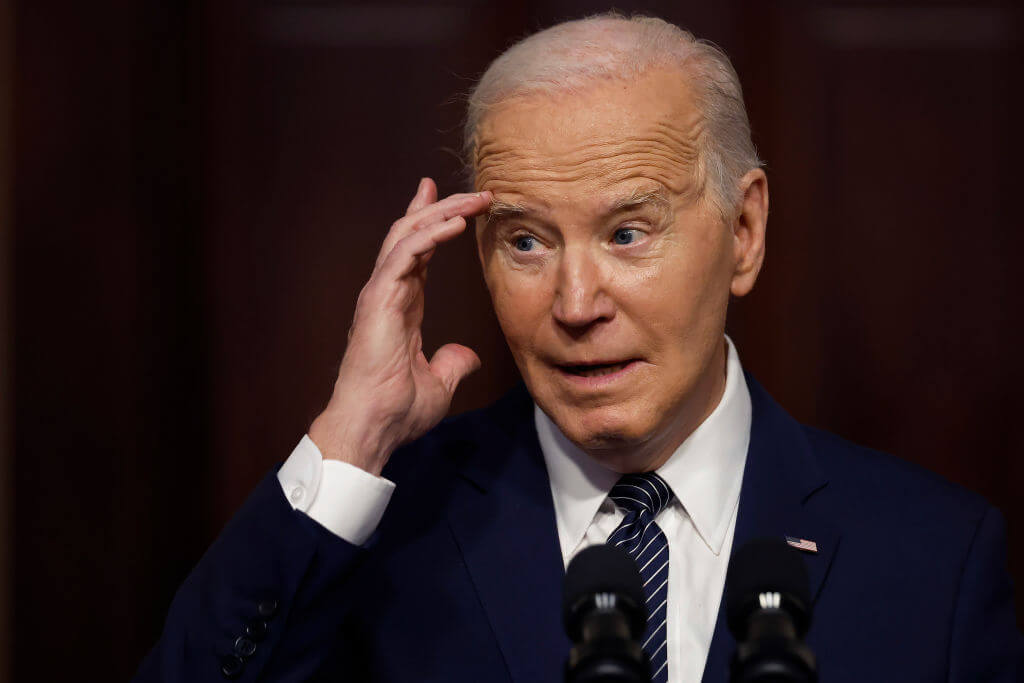



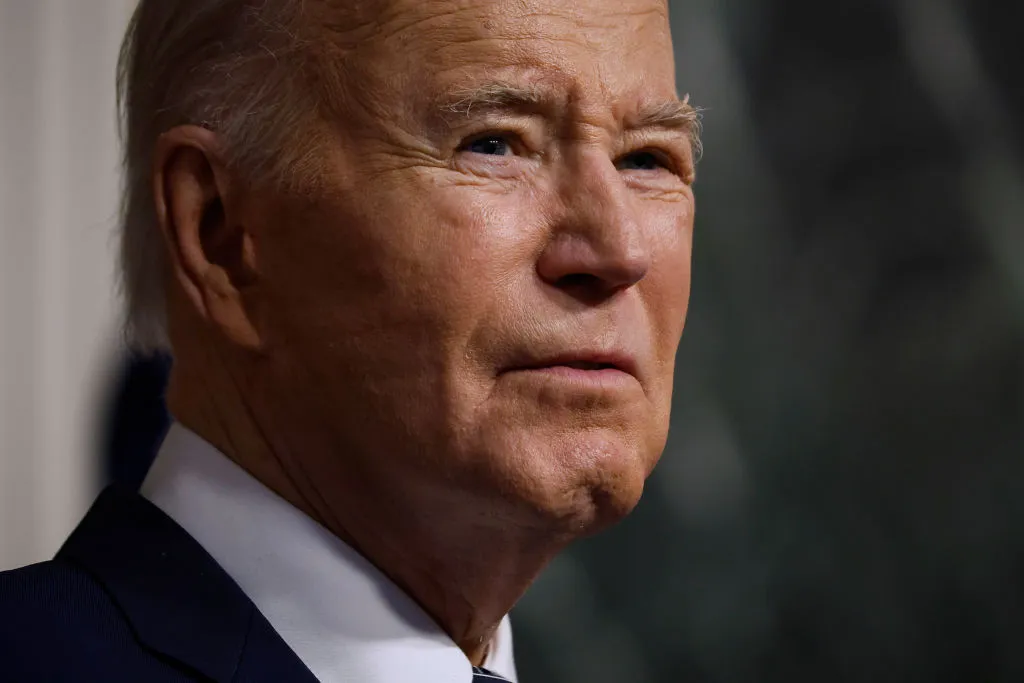

Leave a Reply